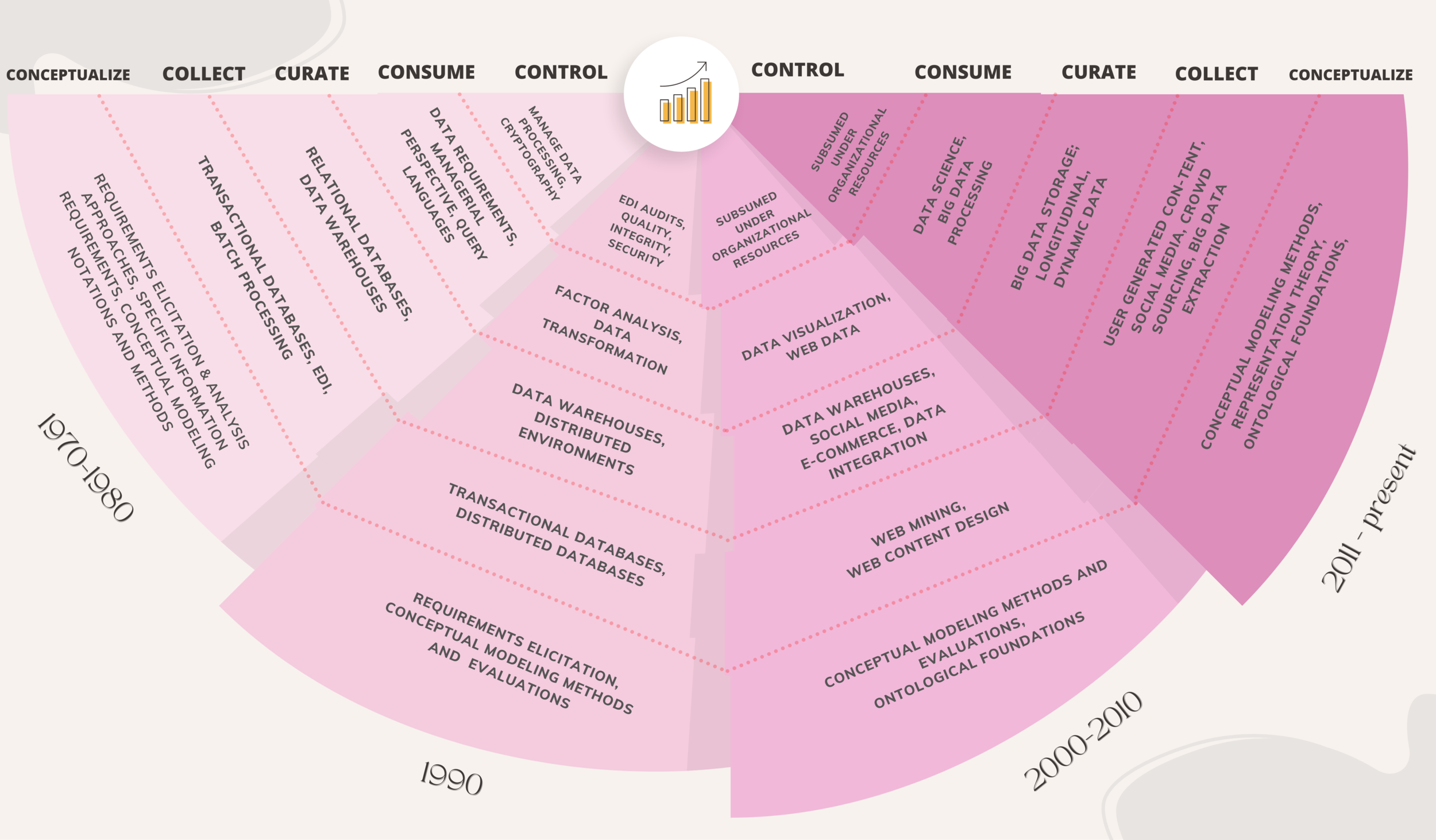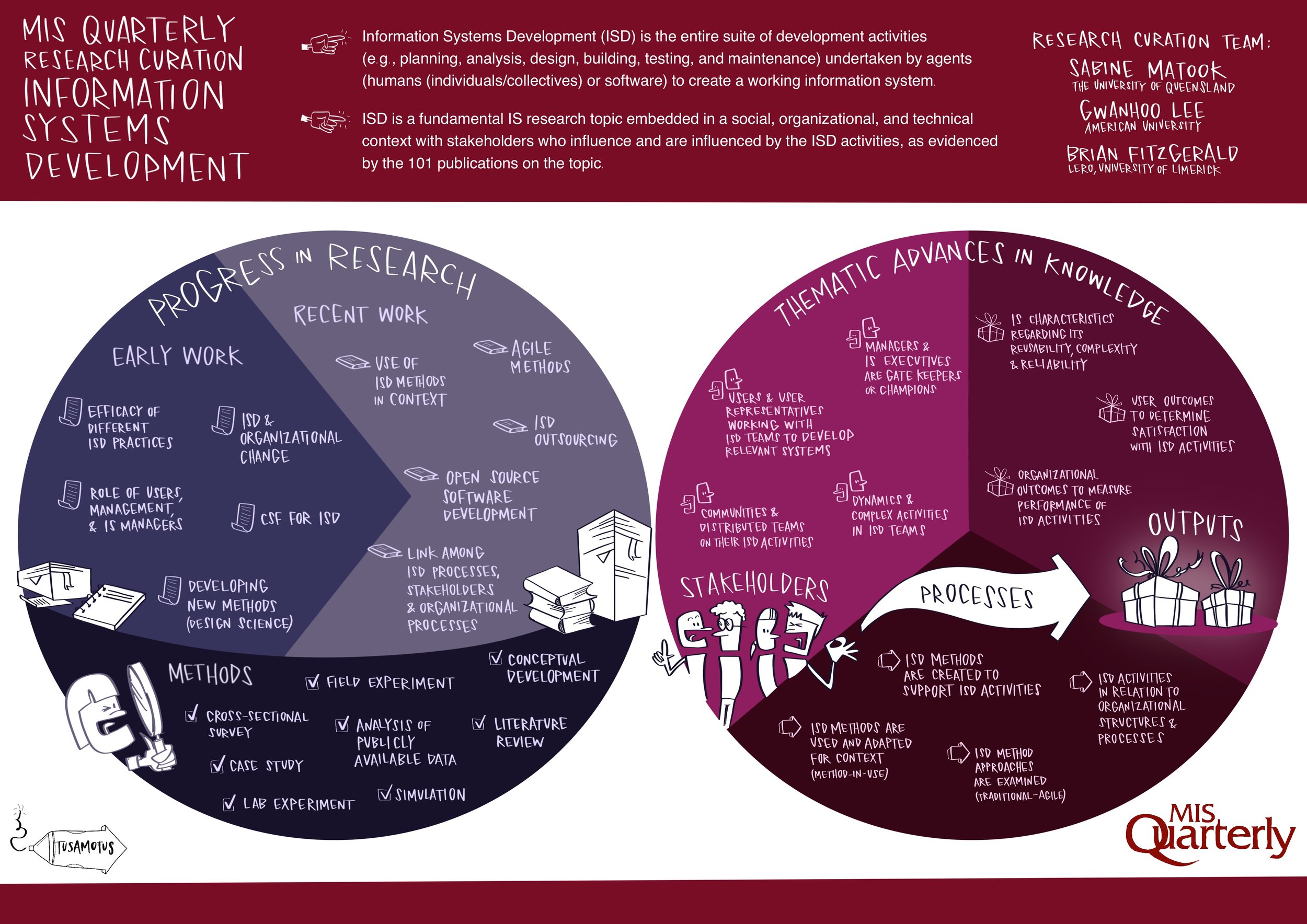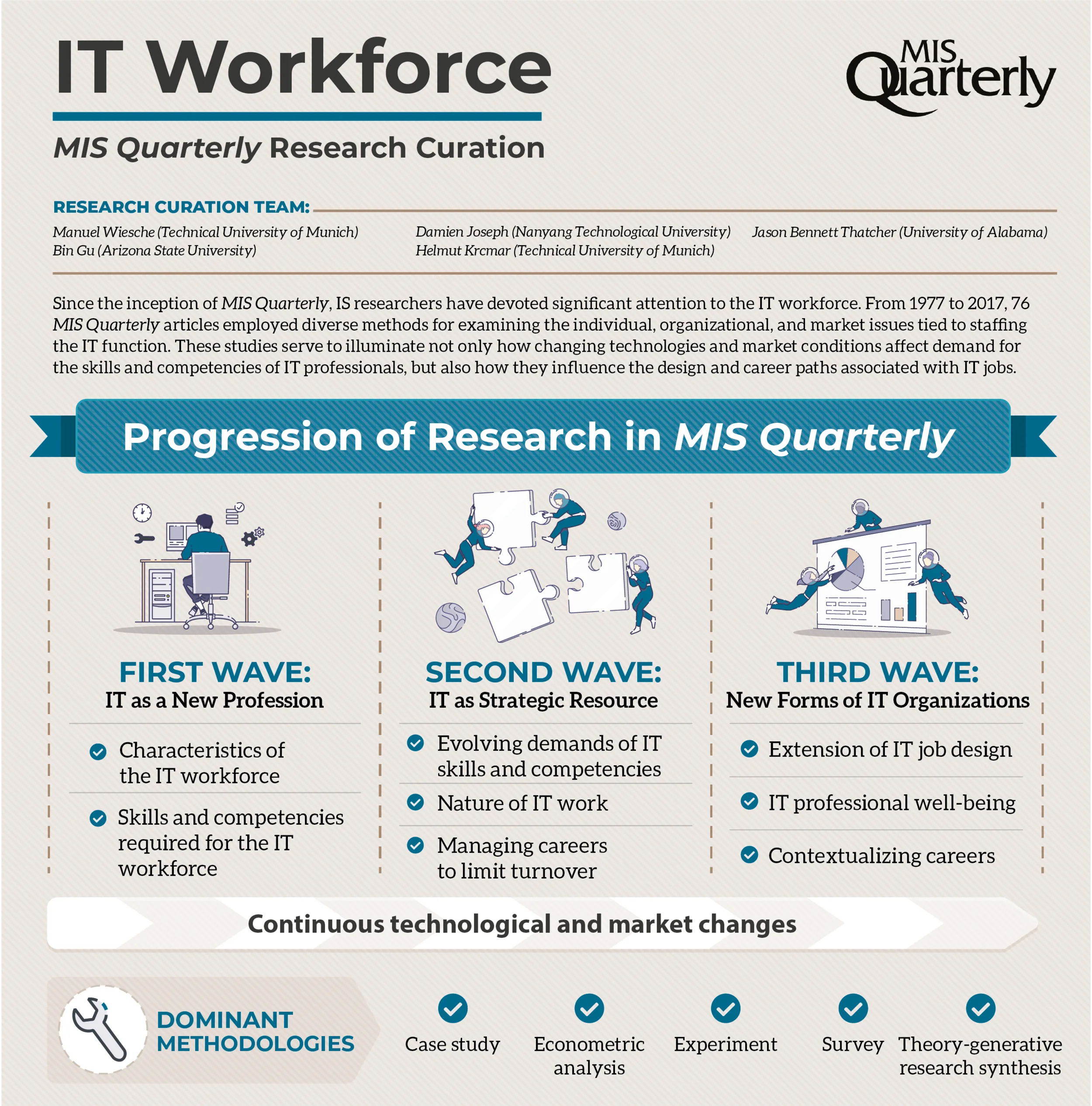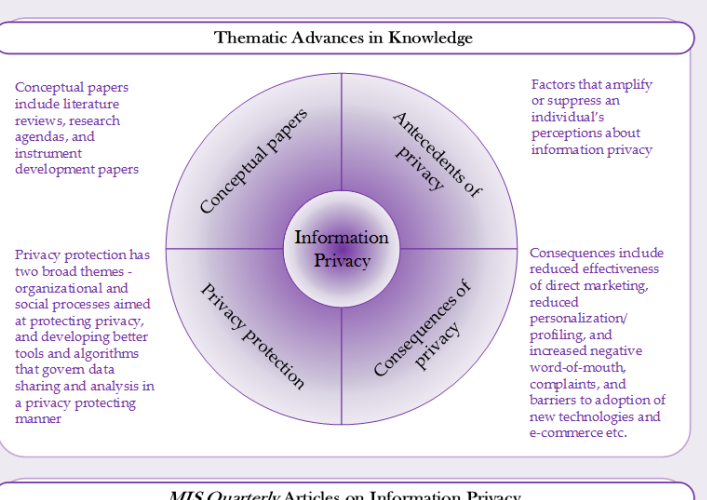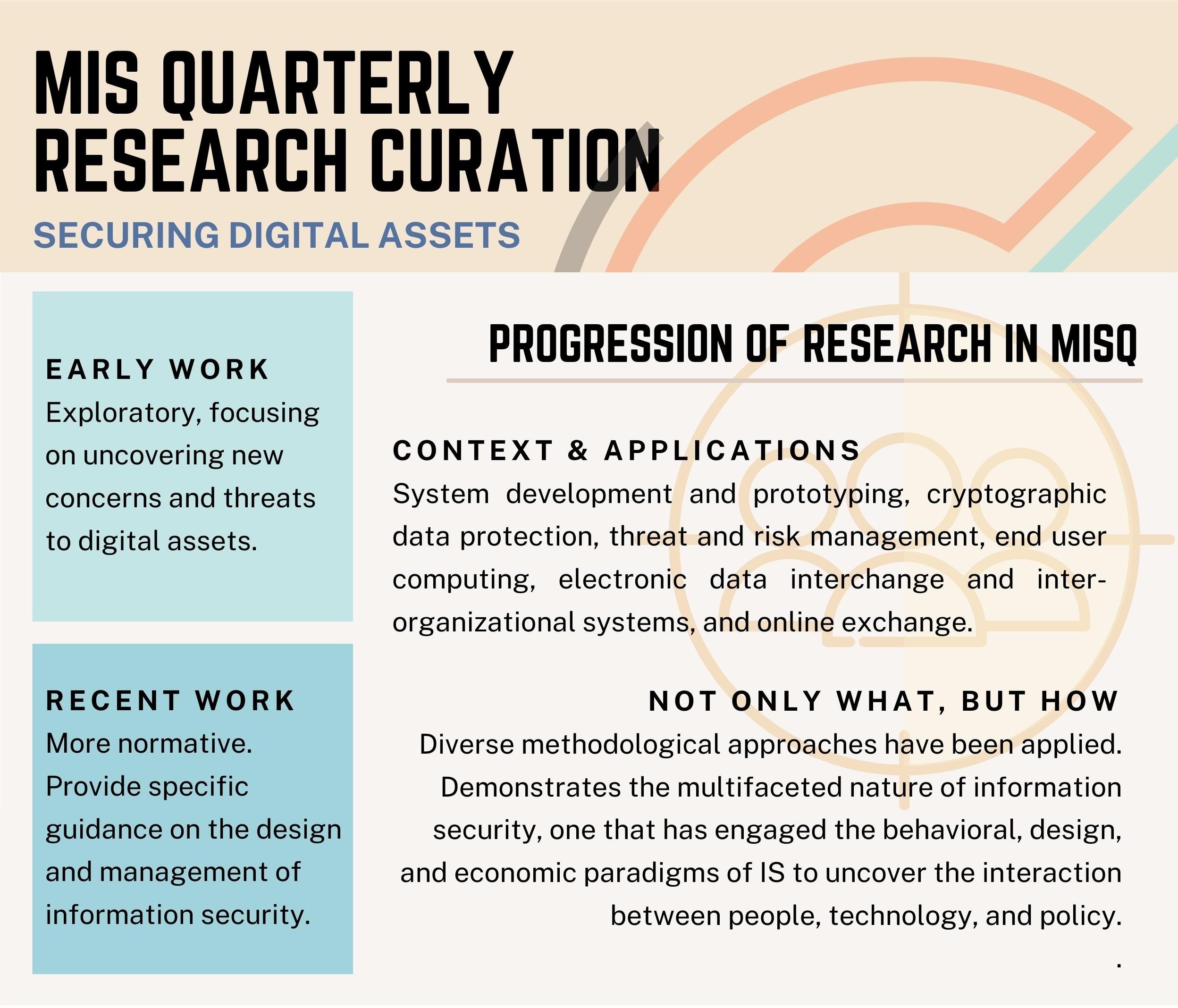Societal Implications of ICTs
/The ubiquity of information and communication technologies (ICTs) has generated growing enthusiasm for its prospects to contribute to human development. At the same time, this pervasiveness also carries the potential for unfavorable outcomes. The implications of ICTs on society constitute a complex and multidimensional phenomenon with ambiguous boundaries and often unintended consequences. In this curated collection on the societal implications of ICTs, we include studies focused on scrutinizing the consequences of digital technology on enabling or constraining different aspects of people’s lives, such as access to health and education services, economic opportunities, political participation, civic engagement, gender equality, and environmental sustainability.
Read More


